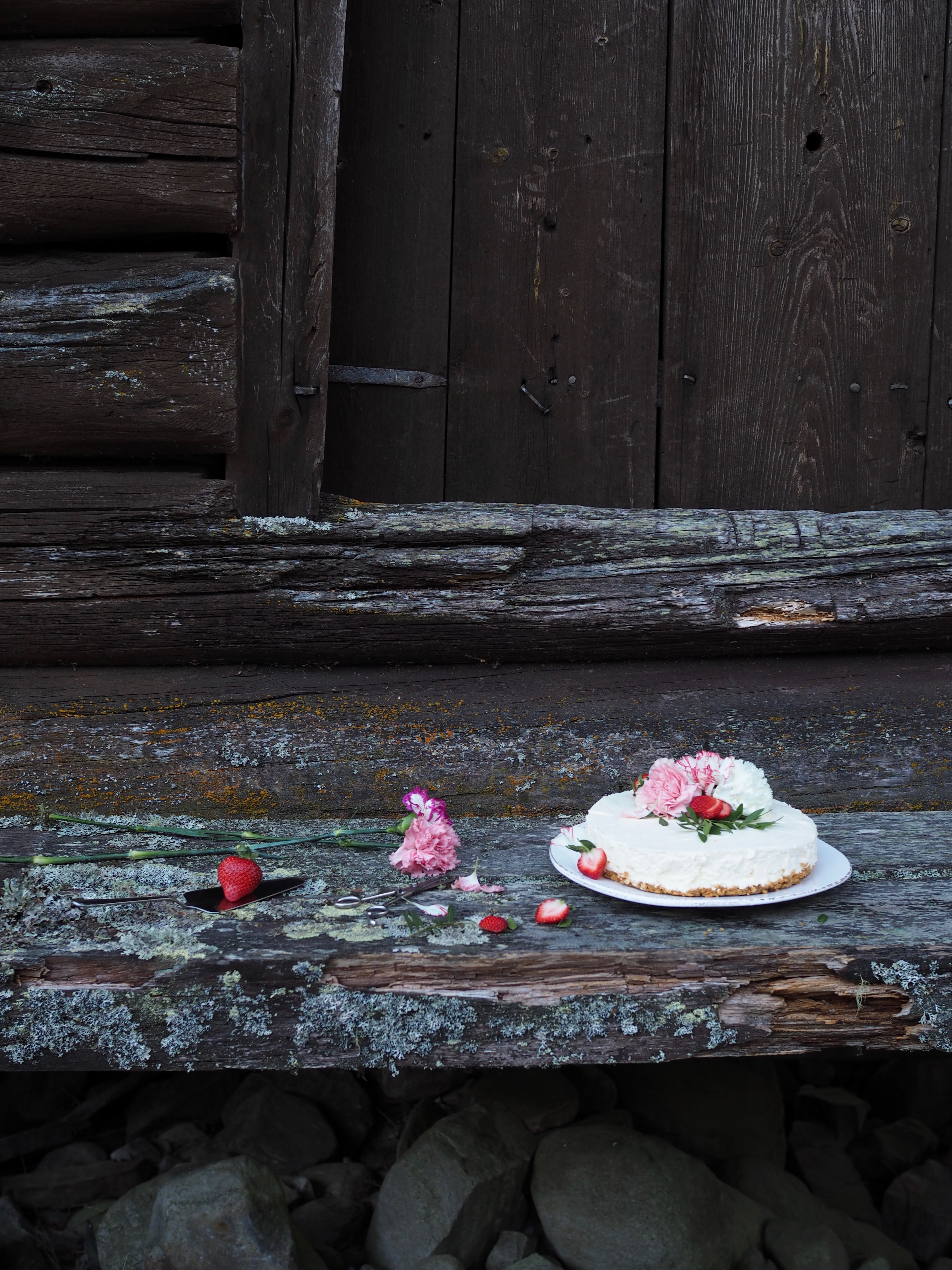
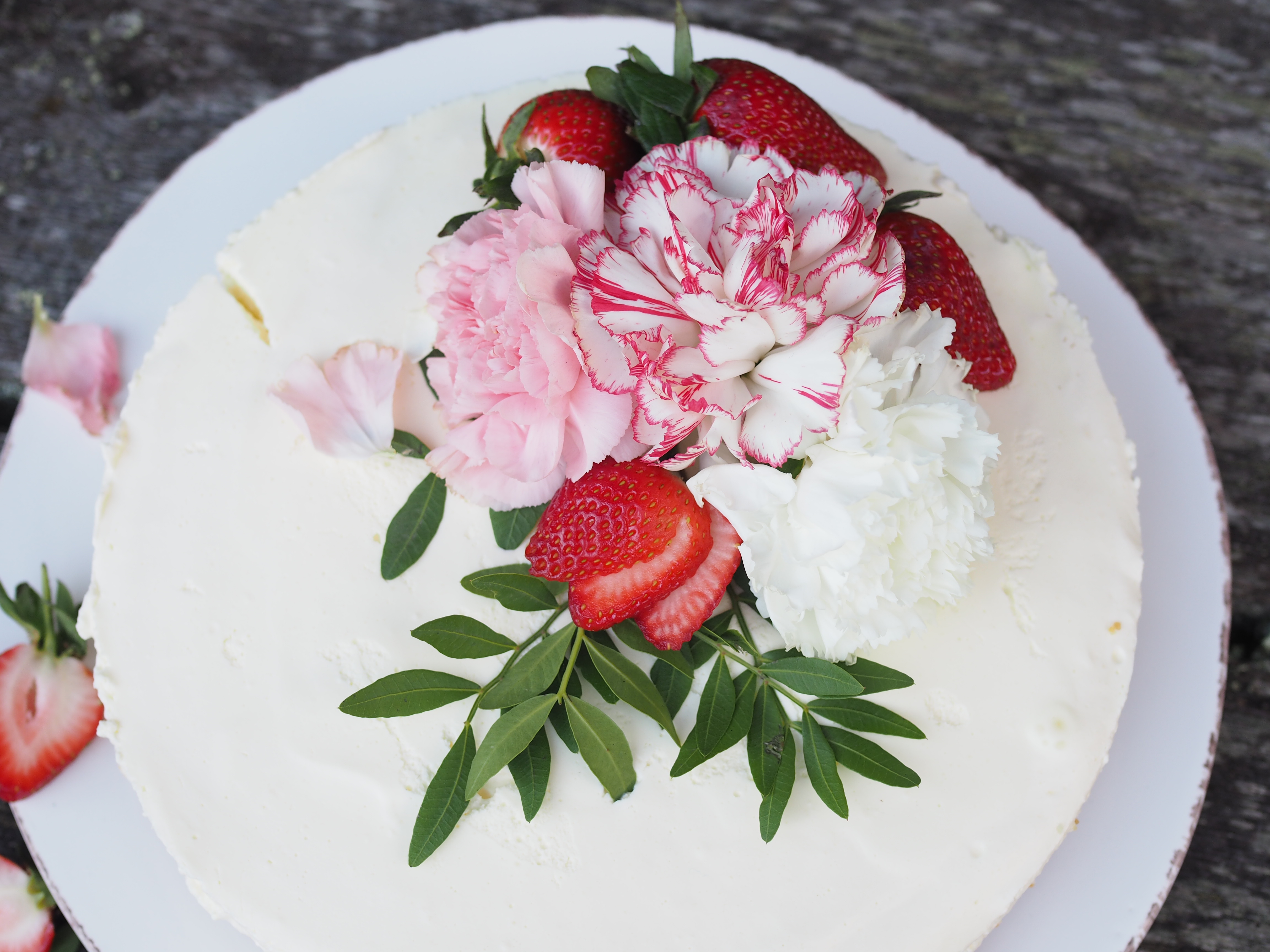 My mother-in-law, Kari, makes one of the best cheesecakes (ostekaker) around. It’s her most requested dessert, and I, of course, was incredibly pleased when she shared with me the recipe on one of her latest visits so I could share it with you. It’s a fluffy and light variation on what can be quite a heavy dessert. Her recipe has a subtle touch of lemon and the base has a buttery, sweet and salty taste that literally melts in the mouth. It’s a variation that I have never come across before, being more accustomed to the American style of cheesecake. Yet, this is the genius of a recipe when it spans across countries and cultures and time. The ingredients are tweaked. The taste becomes accustomed. And the style is in the eye of the beholder. Variation. The spice of life. And what a sweet spice this is.
My mother-in-law, Kari, makes one of the best cheesecakes (ostekaker) around. It’s her most requested dessert, and I, of course, was incredibly pleased when she shared with me the recipe on one of her latest visits so I could share it with you. It’s a fluffy and light variation on what can be quite a heavy dessert. Her recipe has a subtle touch of lemon and the base has a buttery, sweet and salty taste that literally melts in the mouth. It’s a variation that I have never come across before, being more accustomed to the American style of cheesecake. Yet, this is the genius of a recipe when it spans across countries and cultures and time. The ingredients are tweaked. The taste becomes accustomed. And the style is in the eye of the beholder. Variation. The spice of life. And what a sweet spice this is.
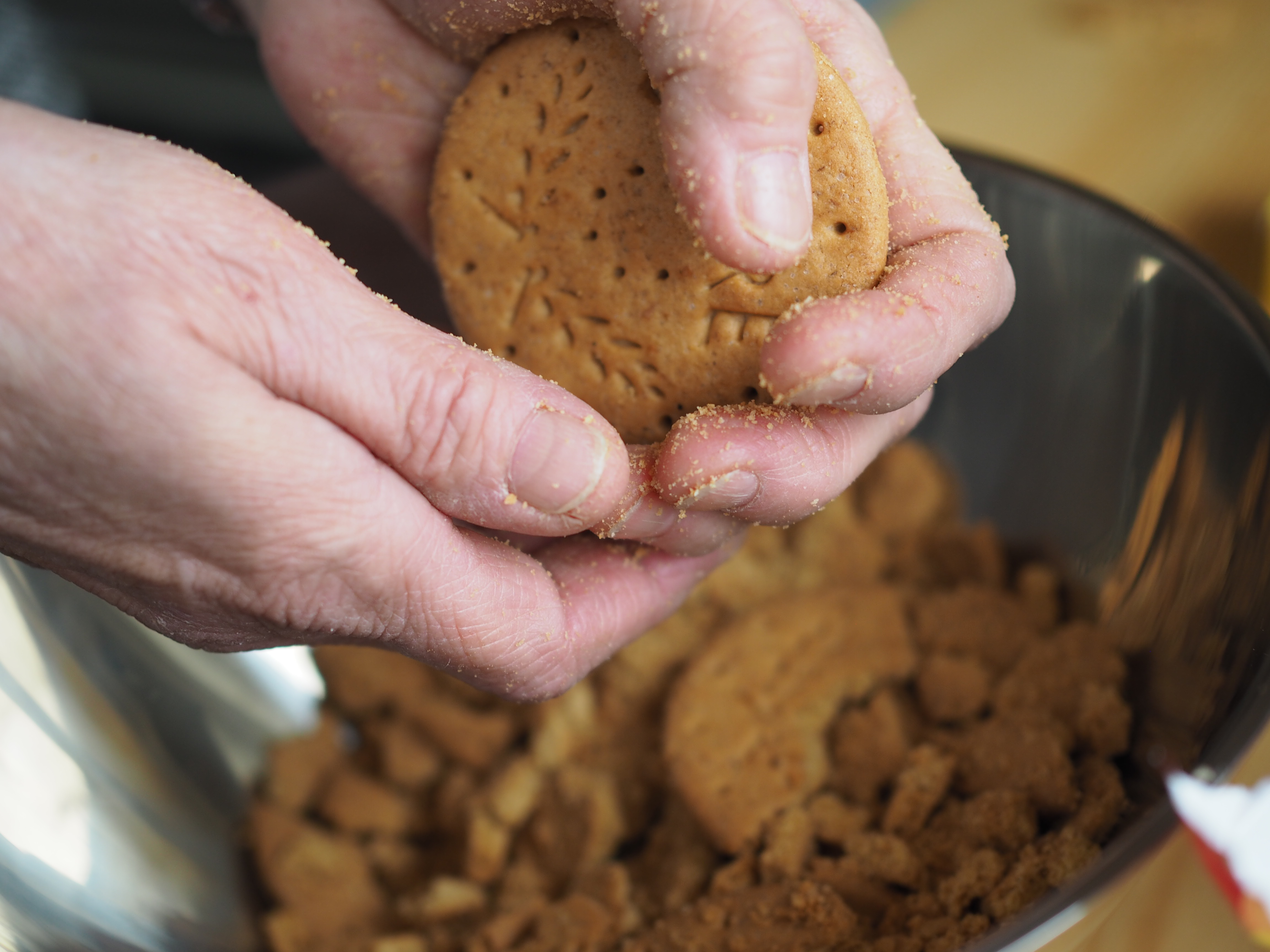
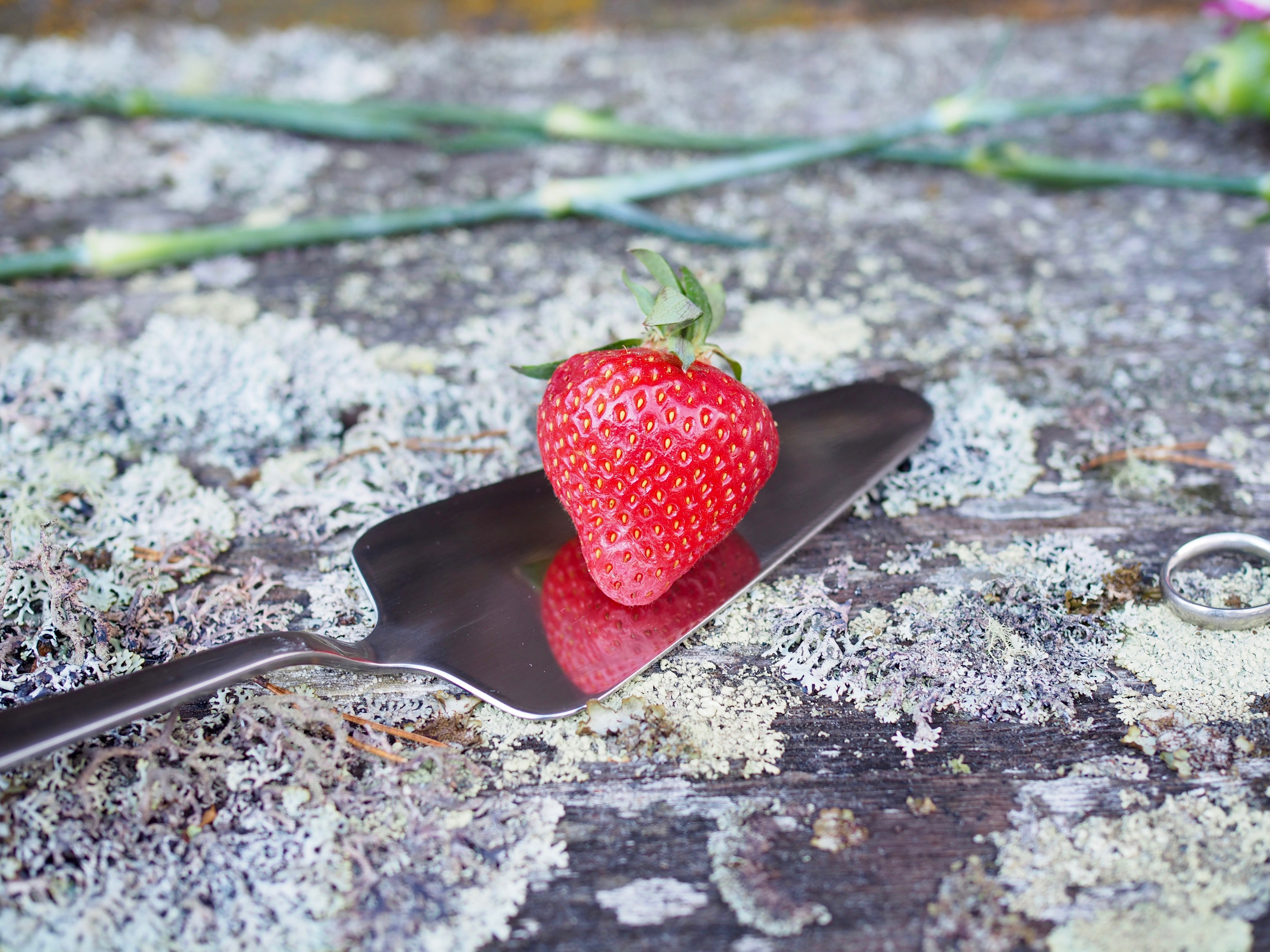
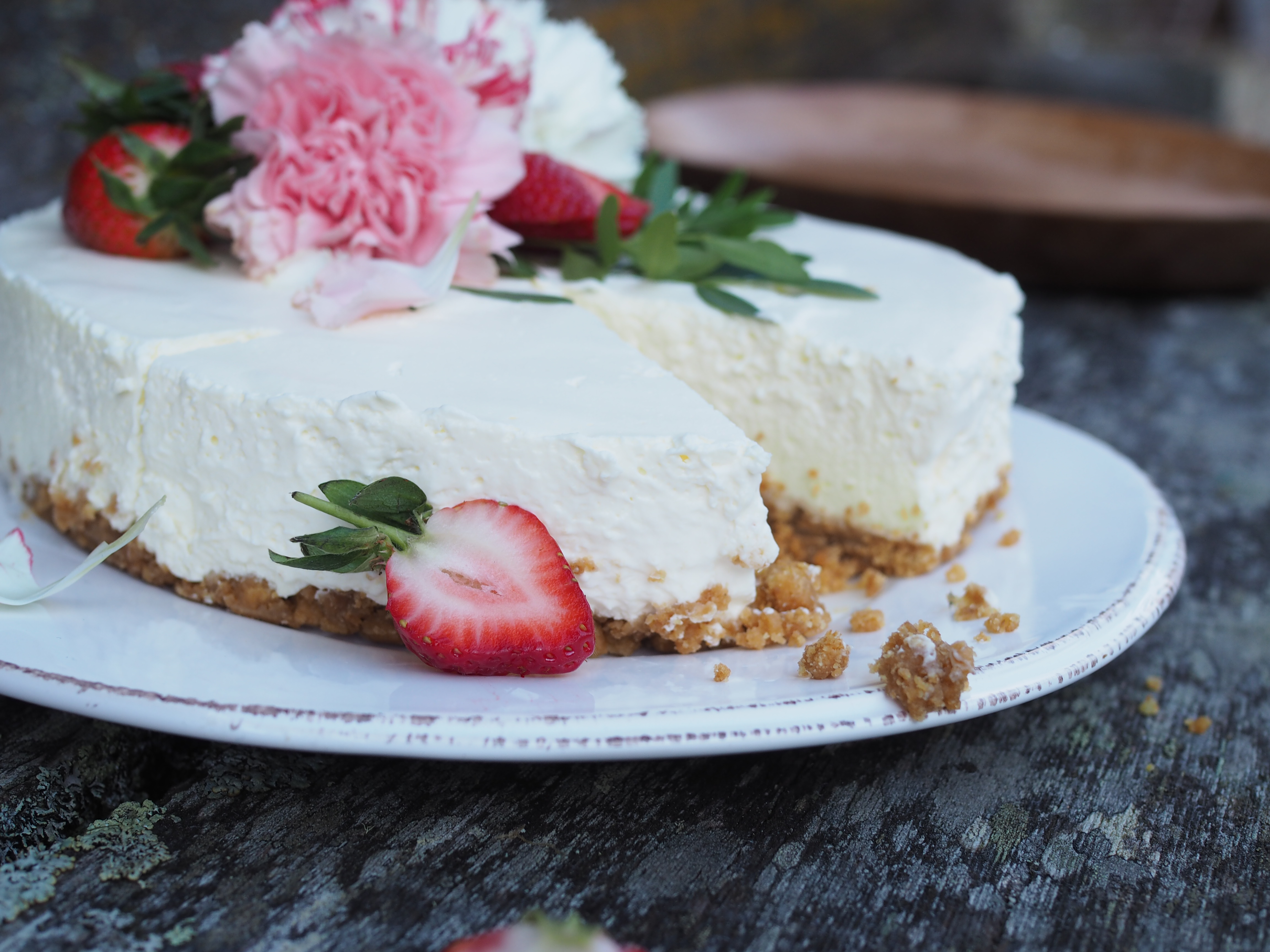 Using cheese in baking stems centuries. Cheese in a cake form is often credited to Greece, where it is believed to have been served during the first Olympic games in 776 BC and later on as wedding cakes. Though, it is highly likely that cheesecake was produced in some form thousands of years before this. During the Roman empire, the recipe changed and made its way across Europe, and eventually to America in the 1800s where it began to become more of what we associate a New York cheesecake with today. Source
Using cheese in baking stems centuries. Cheese in a cake form is often credited to Greece, where it is believed to have been served during the first Olympic games in 776 BC and later on as wedding cakes. Though, it is highly likely that cheesecake was produced in some form thousands of years before this. During the Roman empire, the recipe changed and made its way across Europe, and eventually to America in the 1800s where it began to become more of what we associate a New York cheesecake with today. Source
Imagine a cheesecake in Norway during the 1700s with fresh curds, cream, eggs, butter, sugar and currants seasoned with cloves, nutmeg and rosewater. A mirror of what was available and what was customary for taste. Today, in Norway, you will find more similarities to that of the New York cheesecake, with cream cheese being the star ingredient. However, you will find gelatine and gelé (jello) used more often than not. Ostekake topped with a layer of that jiggly substance in all sorts of fruit flavors and colors. Kari uses gelé, but only folded into the batter, instead of putting a fine layer on top. This creates a delicate balance of velvety texture and buoyancy, without taking away from the simplicity of this delightful dessert.
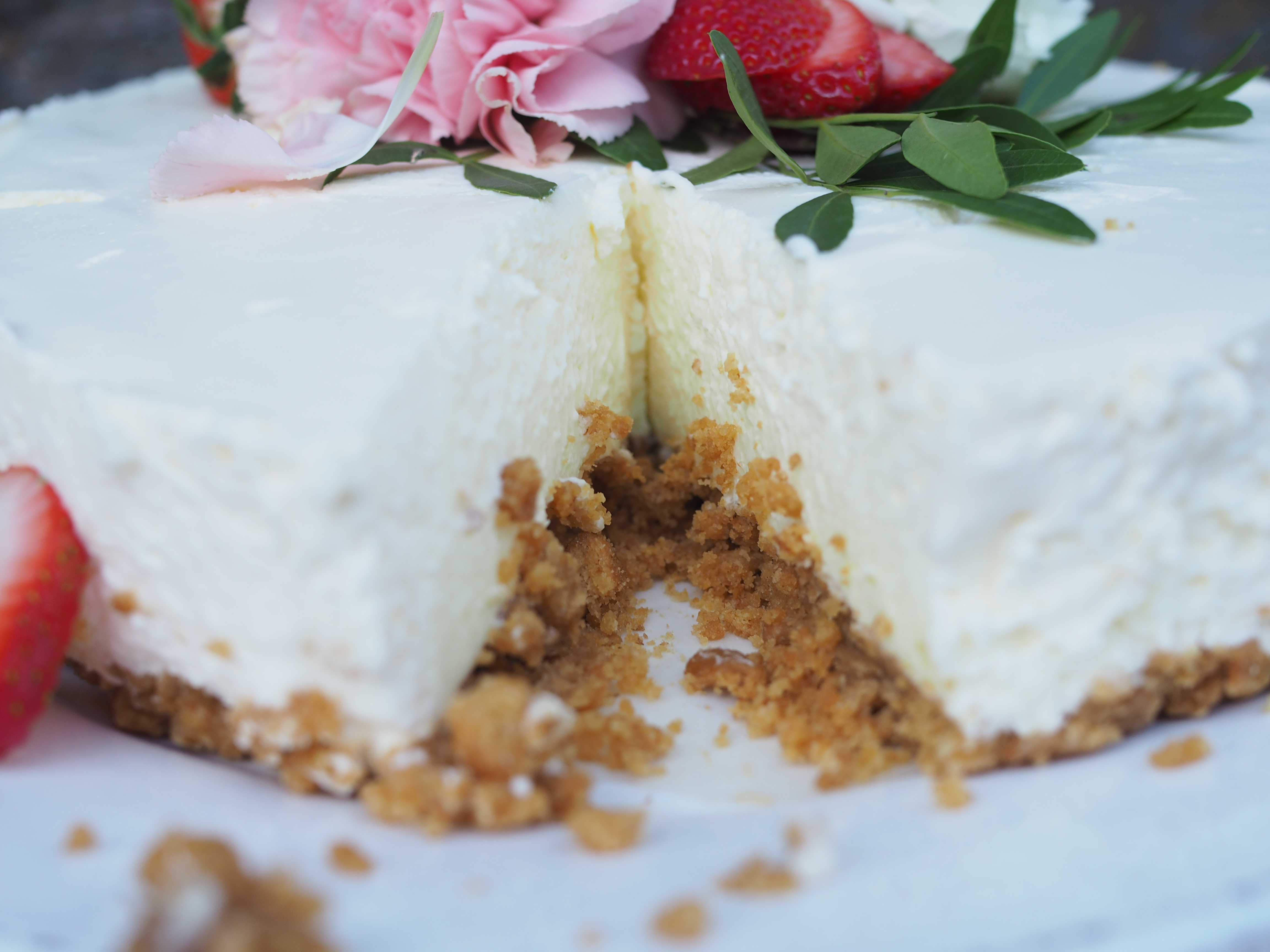
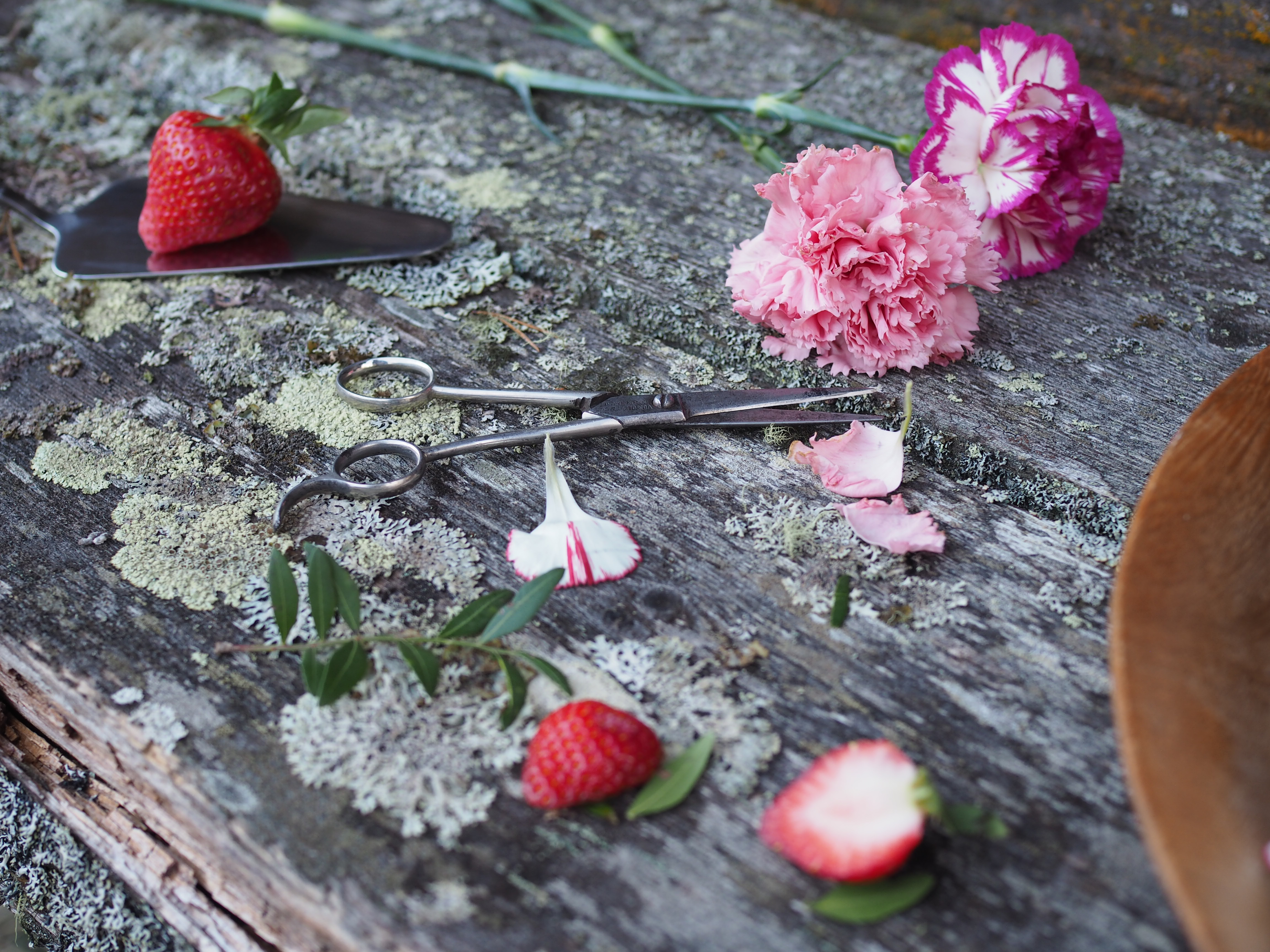
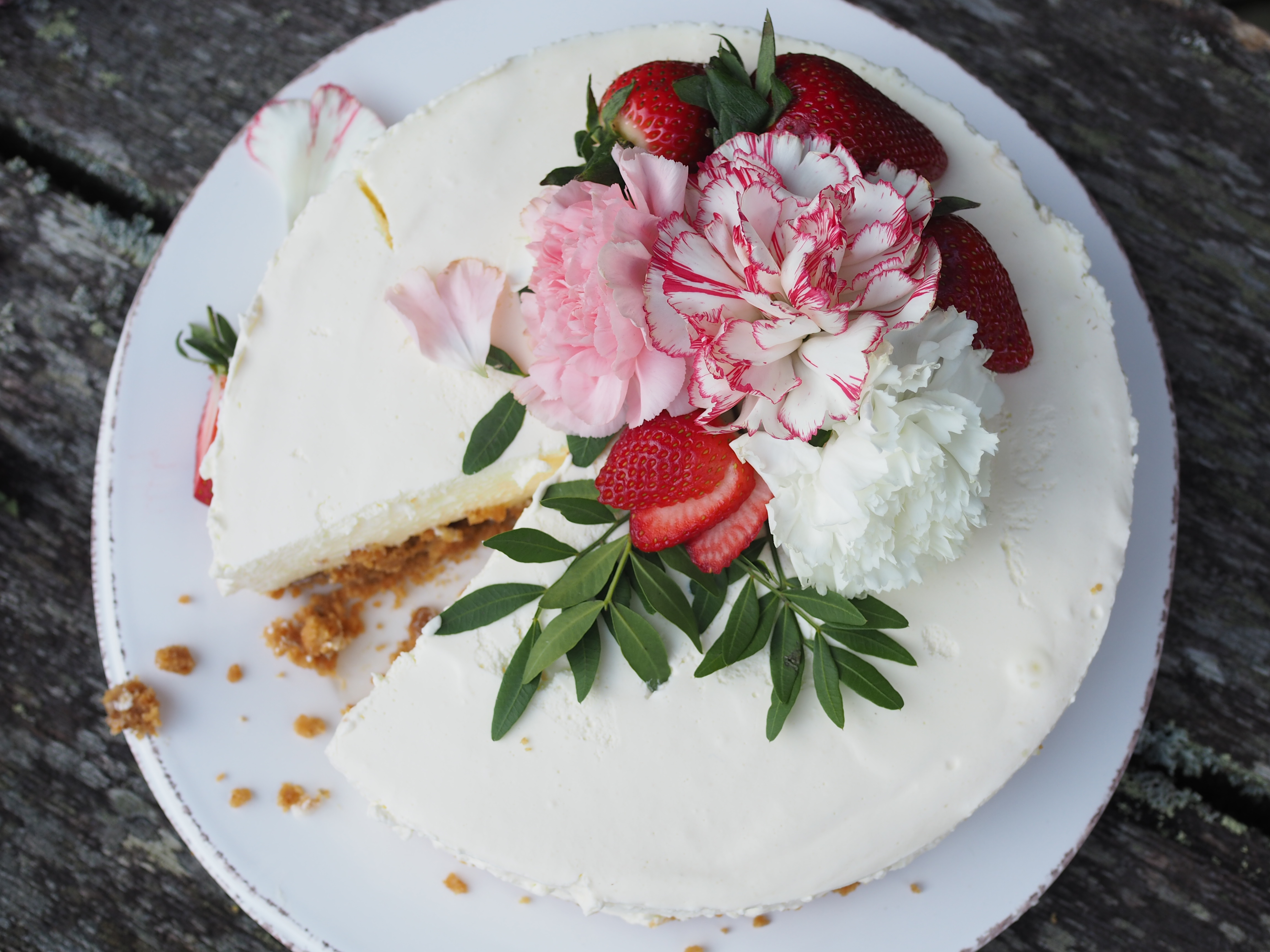 A crowd pleaser any time of the year, but even more lovely during the summer topped with seasonal berries and adorned with flowers.
A crowd pleaser any time of the year, but even more lovely during the summer topped with seasonal berries and adorned with flowers.
Kari’s Ostekake (Cheesecake)
Ingredients:
- 225g digestive biscuits (Kari uses Sætre brand digestives)
- 110g (∼1/2 cup) butter, melted & cooled
- 225g (1 cup / 8oz) natural cream cheese
- 1 package (125g /1 cup) of lemon jello (sitrongelé)
- 110g (1 cup) powdered sugar
- 300g light sour cream
- 3 dl (1 1/4 cup) heavy cream
Roughly crush the biscuits and blend together with the melted butter. Line a 24cm round springform cake tin with parchment paper, grease. Press the biscuit mixture on top. Place in the refrigerator.
Boil the whole box of lemon jello (125 g) with half of the suggested water (2.5 dl). Allow the jello mixture to cool. When cool, blend together with the cream cheese.
In a separate bowl, combine the powdered sugar and sour cream, then add to the cream cheese/jello mixture.
Whip the heavy cream in another bowl until stiff peaks form, then blend into the rest of the mixture.
Pour the mixture over the crushed biscuits in the cake pan and place in the refrigerator to set, at least 2 hours.
To serve, Kari uses slices of kiwi fruit, but you can use whatever fruit or topping your heart so desires. Enjoy!
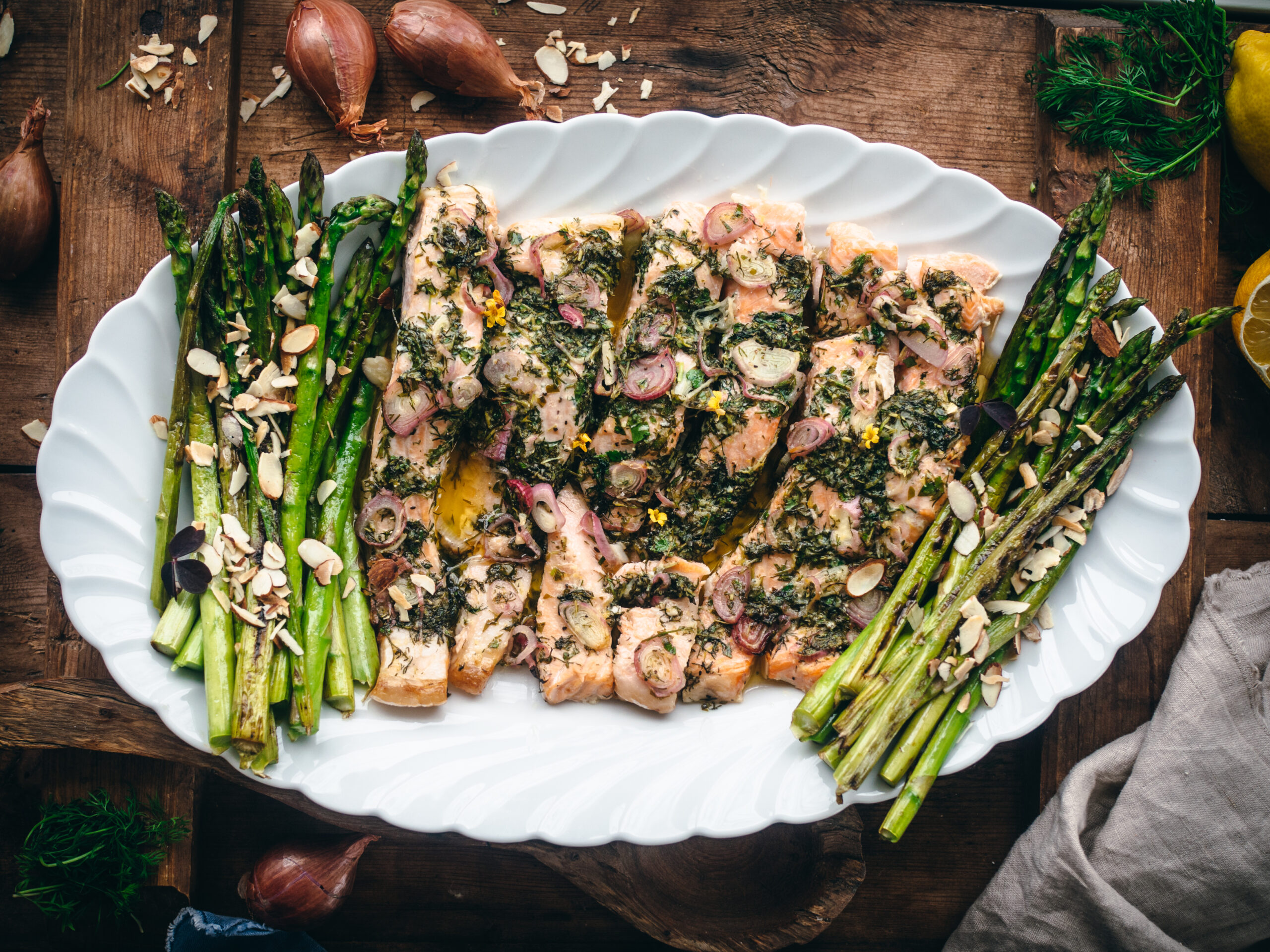
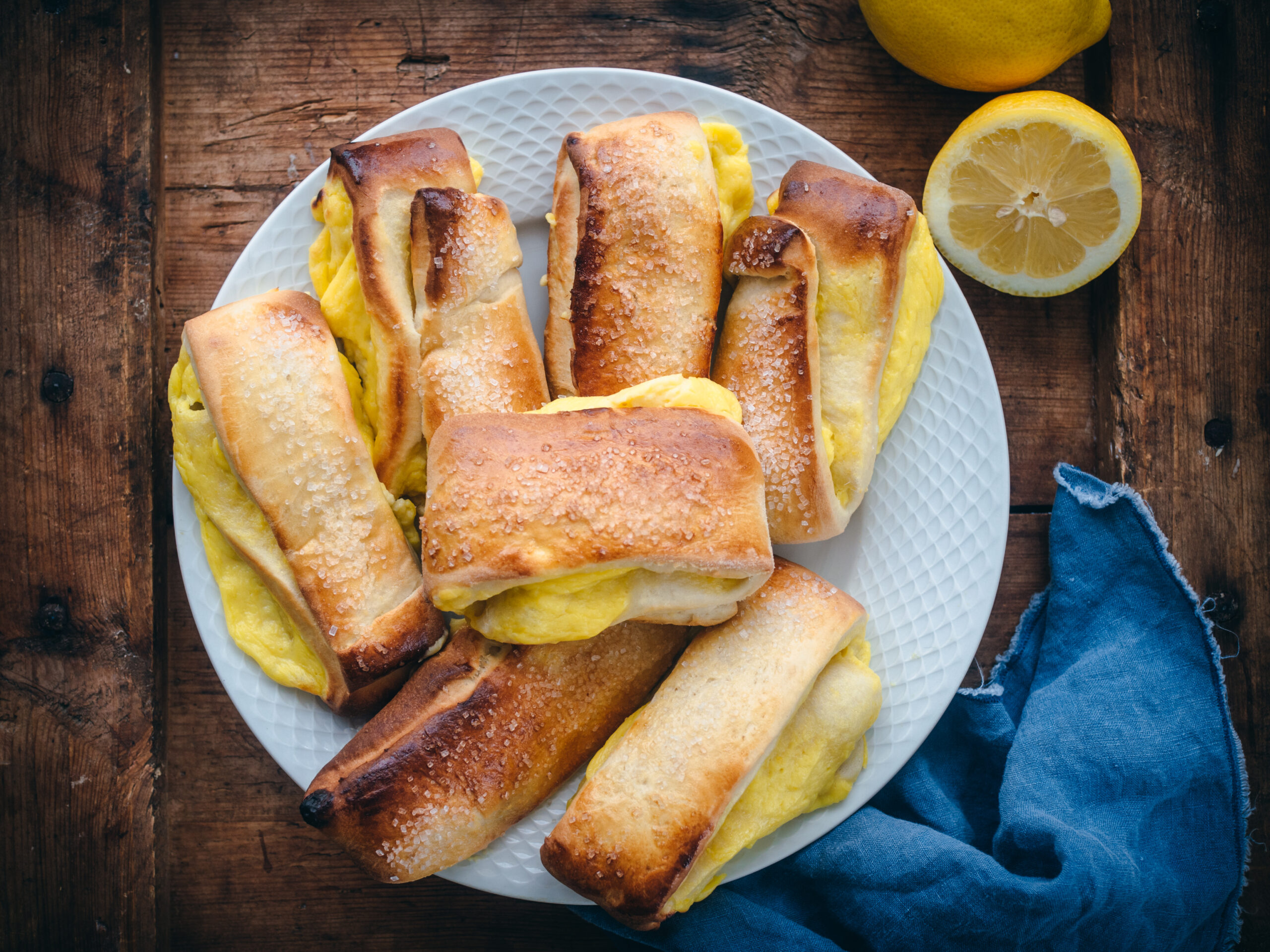
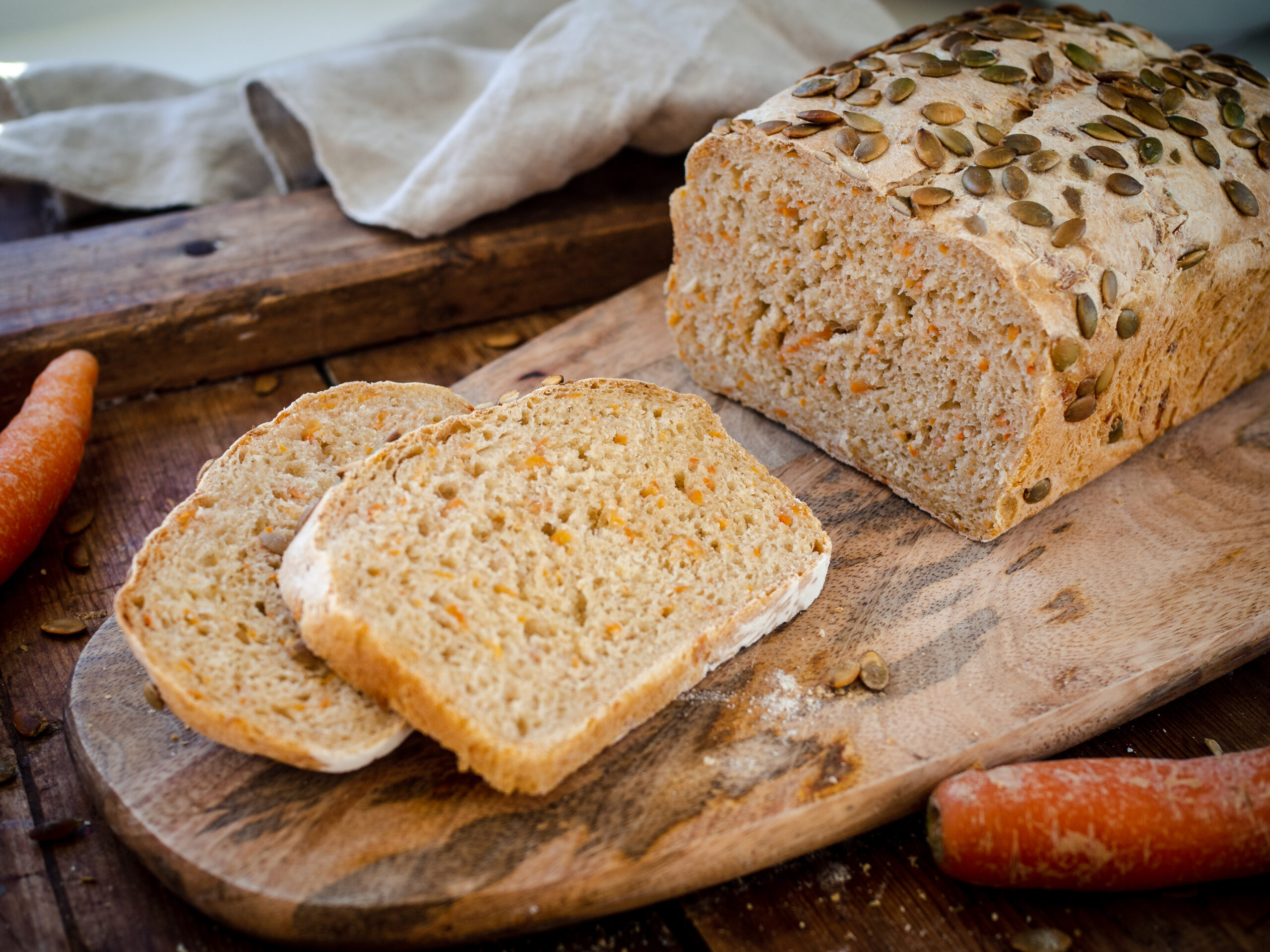
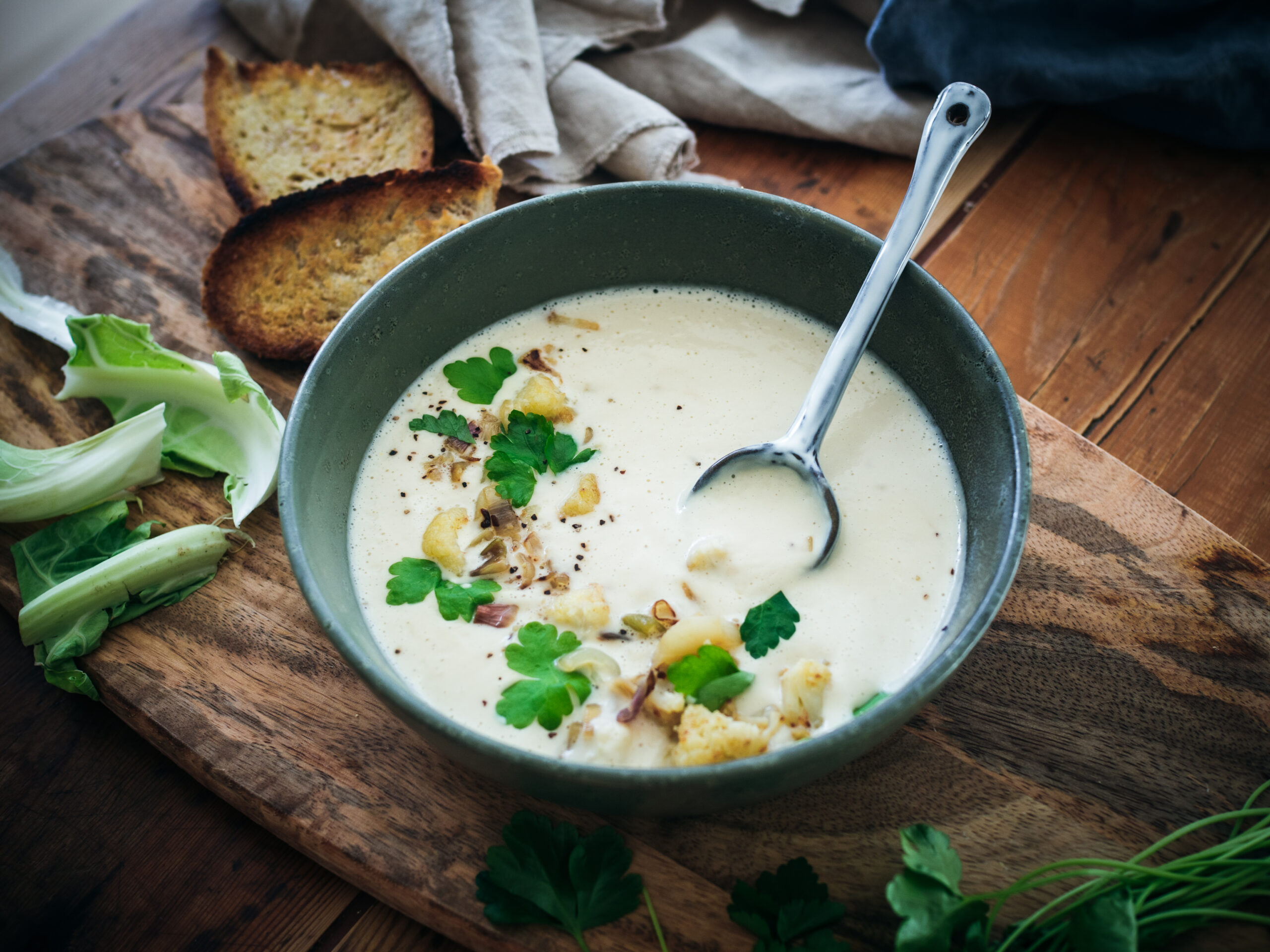
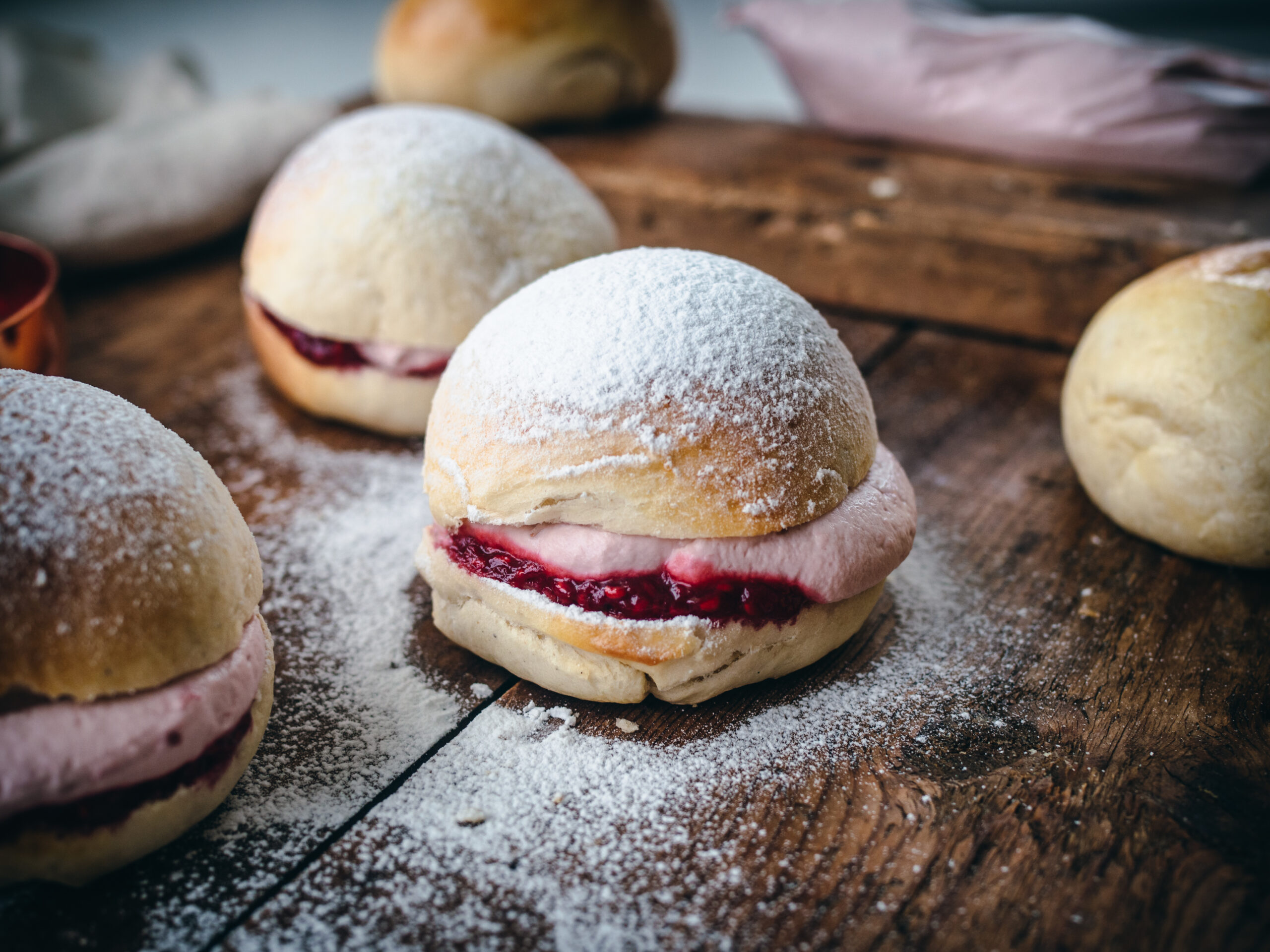
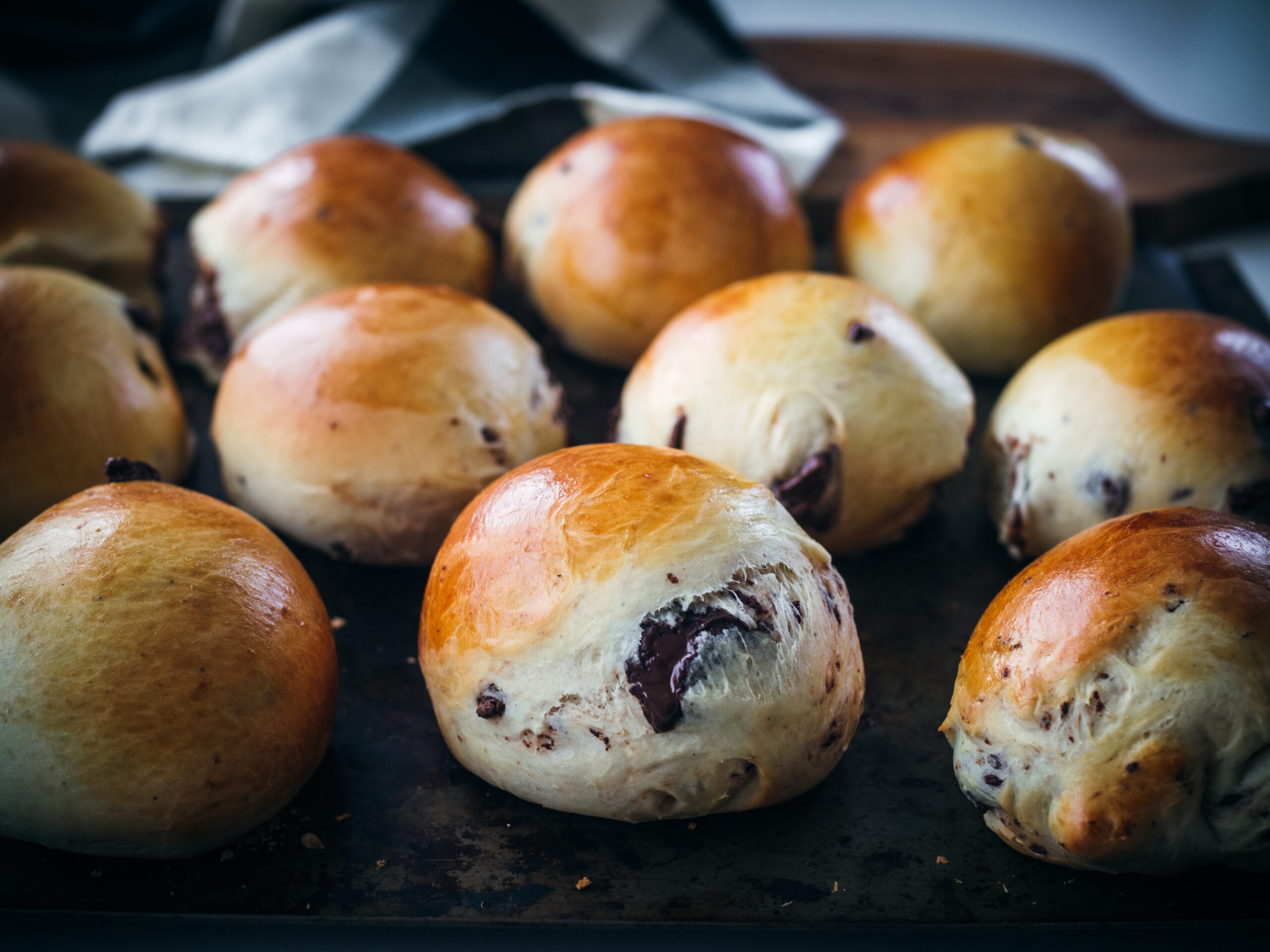
Awesome blog! Congrats on your Saveur nomination!
Thanks Kitty! You’re blog is amazing as well, love the mix of food, crafts and design!
Gorgeous blog! I just voted for it on the Saveur awards.
Natacha xx
Thanks Natacha, I really appreciate your support!! x
The texture of this cheesecake is unreal!!!! I’m always much more fond of un-american cakes, especially when it comes to cheesecakes. What a beautiful recipe! I wish my mom knew how to bake so she could pass down treasures like this. 🙂
Thanks Ellie. I really do love this cheesecake! It is so light and fluffy and still leaves you feeling good ????
I always love to use digestives as my crust. I think its so much heartier than the classic graham cracker crust. Cheesecake was a staple at our family gatherings growing up, so I appreciate the story!
I agree with you Katie, digestives have a lot more depth and taste! And having cheesecake as a staple for family gatherings sounds fantastic!
What a beautiful cake! Where do you find your saertre digestives?
Hi Maggie. That particular brand of digestives is found throughout Norway, but perhaps they can also be found in speciality stores outside of the country. Otherwise, you can just use your favorite brand.
McVitie’s or any British brand of Digestive biscuit works just as well.
But you can experiment with other kinds of biscuits too. At Christmas time I use pepperkaker (ginger thins). The ginger goes well with the cool flavour of the filling.
Hi Maggie,
Beautiful cake! What brand of cream cheese do you use/recommend for this recipe.
Thanks,
Kristina
Hi Kristina! You can use any brand, from local cream cheese to Philadelphia. Hope you enjoy!